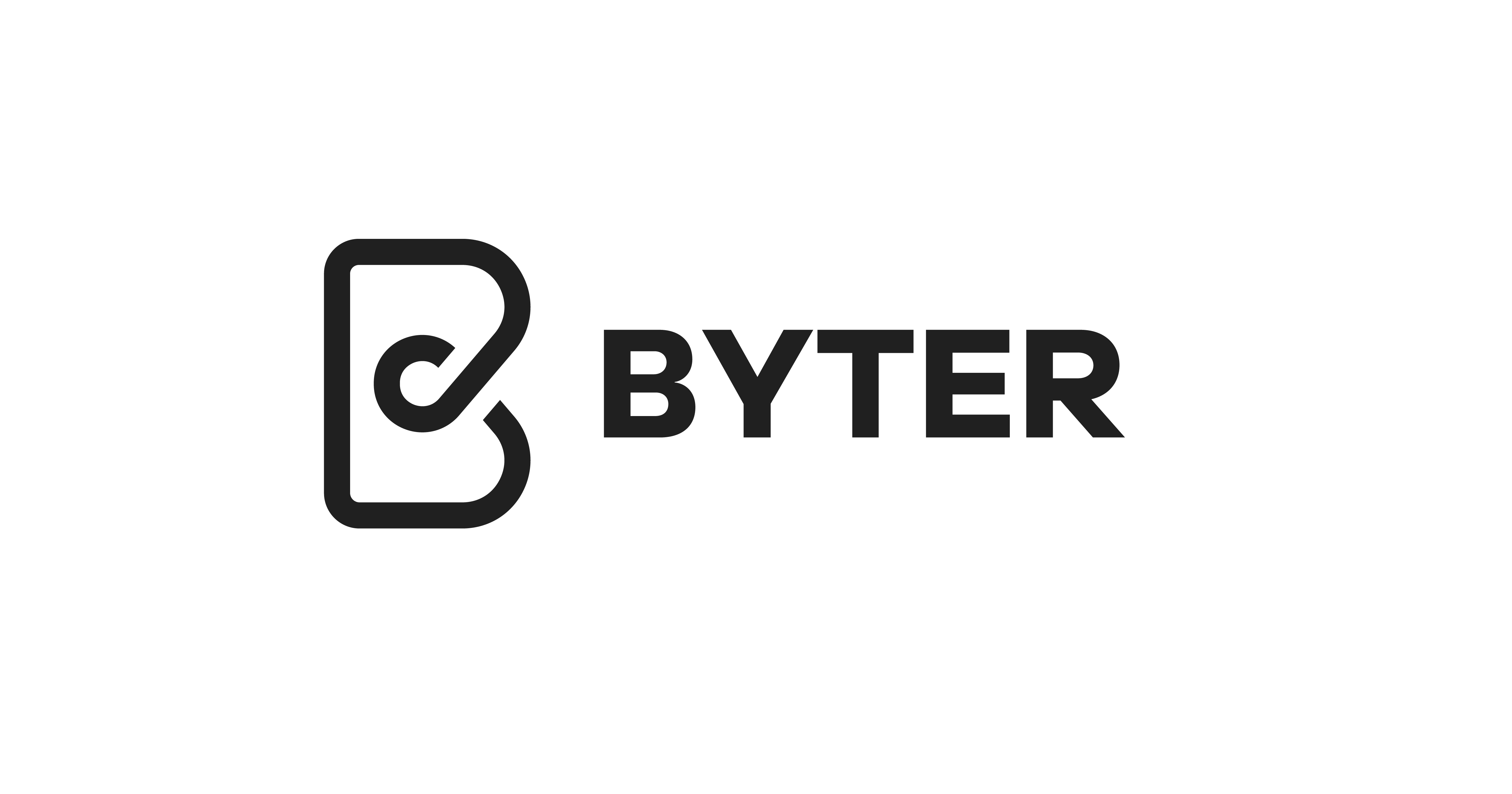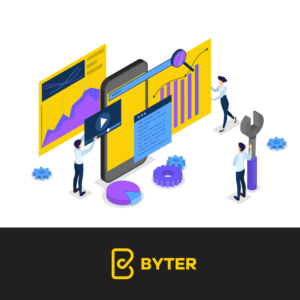Understanding Instagram Metrics to Help Grow Your Business Online
Until recently, businesses aimed at business growth through Instagram had to spend heavily to understand customer habits. Businesses would have to do focus groups, phone polls, and very expensive market research. Now, even the smallest business owners have access to far more information about their customers than ever before and Instagram metrics can help with this. All you need to know is what it is and how to use it.
As a beginner in the world of social media marketing you are definitely aware of likes, follows, and shares. You might have heard of some other forms of metrics like conversion, reach, and watch time, but what do they actually mean to your business and customer base?
Basic Concepts
The data that your social media provides you with fits into these three broad categories:
- Brand Awareness: how much attention and understanding your brand gets from social media, these are impressions
- Engagement: how your audience interacts with your content, such as likes, comments shares, etc,
- Conversion: how effective and persuasive your content strategy on social media really is. This is basically the amount of social media viewers who go on to further interact with your business, such as purchasing etc.
These three concepts and their metrics are vital for your understanding and hence harnessing the power of social media for your business.
Now, to be able to get useful data to help you understand your audience and these concepts, there are also three things you need to do:
- Pick which metric you are most interested in tracking, in line with your current business goals;
- Decide on the reporting period during which you’ll be collecting the above information;
- Track the results of your experiments and use Instagram metrics to analyse.
If you post regularly on your social media for a certain period of time, say a month, you can start to get useful reports off Instagram about the behaviour of your customers in relation to your posts. This base information will change and grow over time, but at the start, it is crucial for you to get to know your audience.
The various metrics, what they do, and how they help you
Brand awareness Metrics
The first concept mentioned was Brand Awareness. Brand Awareness is all the attention and understanding your brand gets from the audience on social media. One of the main ways to measure your brand awareness is through post reach.
Business Growth Through Instagram: Post Reach
Post Reach is the number of people that see your post without interacting with it. This can be far higher than engagement. The use of hashtags and time posting (as well as design) will affect the reach of your posts to non-followers.
Your followers should receive your posts anyway, theoretically, as that is the entire point of them following you, (ah but algorithms I hear you scream) but you can also reach non-followers. Your goal is also to appear on the “for you page” of non-followers. If you appear sufficiently on their page and present a consistently high quality of content, then you can get them to follow you. Always check your instagram metrics to see which posts are successful and not successful.
Post Reach helps answer key questions about your audience’s behaviour and interests. With a business or creators account, you gain access to ‘Insights’ offering various information. Individual post insights include reach, impressions, and interaction details, including the source of reach from your home profile, the feed, and hashtags for business growth through Instagram.
Audience Growth Rate
This metric is pretty simple and is a more laid back long term metric. Audience Growth Rate evaluates how fast your number of followers increases on social media. In simple terms, it reflects how quickly you gain or lose followers during a certain period of time. Again, like with post reach, if you have a business account, Instagram will give you these metrics. It will tell you in both numerical form and graph forms, in the general overview, the number of followers gained, or lost. Each post will also tell you if they gained a follower from that post.
This is useful to give you a general overview of how well your business is doing. But you can see this most obviously by simply looking at your number of followers
Business Growth Through Instagram: Social Share of Voice (SSoV)
Social Share of Voice is another measurement. It reveals how many people have mentioned your brand on social media, directly or indirectly. SSoV is supposed to tell you about your competitive position in the market. You should compare the data to your competitors’ data.
To work with this metric for business growth through Instagram, you want to create brand-specific hashtags that people can use when referring to you. in fact, observe how many posts are under your brand hashtags in the search section to see how much natural brand awareness you are fostering.
You can inflate the numbers in this metric by encouraging your followers to tag you in their posts and stories. Furthermore, you can also repost your stories or engage in any other kind of sharing.
There is no section of the “Insights” that measures this metric, you will have to record it yourself, how many posts you are tagged in etc.
Engagement Metrics
Engagement metrics are one of the most interesting and easiest numbers to track. They demonstrate what people do to interact with your content. This can be displayed in the form of likes, shares, and comments.
Average Engagement Rate
Average Engagement Rate. This is the number of engagement actions, usually represented as likes, shares, or comments, in relation to your total number of followers.
If you wish to see this on Instagram, it is on the “Insights Overview” page, under the “content interaction” tab. You will not get an actual overall percentage figure that sums everything up, but you will get an overall impression of what is occurring. Each individual post will tell you the numbers of likes, share, and comments, and the general “Insights” page will tell you how each specific metric has changed over the past week.
Instagram now hides the exact number of likes from the first glance at the post, you have to tap the signings to see the exact number of likes.
Amplification Rate
The Amplification Rate is the percentage reflecting the number of shares per single post relative to the number of page followers for business growth through Instagram. This deals exclusively with the post shares data set.
To track this metric you can find out how many times your post was shared, then divide it by the number of your entire follower base. Further, multiply it by 100 to get the percentage.
Again, this can be inflated by you running events, or giveaways and such.
Virality Rate
In turn, the Virality Rate is calculated taking into account the number of people who shared your post and the number of unique views impressions during a certain period of time that gets measured. To measure Virality Rate, there are three steps to take. Consider measuring impressions and posts’ shares respectively and do the calculation. To get the percentage, just divide the number of shares by the number of impressions. Then do the multiplication as in all the cases mentioned above.
Business Growth Through Instagram: Conversion Metrics
Getting a high conversion rate from social media is a dream of every marketer. However, being the most important social media metrics, this Conversion metric rate is the hardest to get. In fact, it needs a higher-level view of the campaign, as compared to other metrics.
Conversion Rate
Conversion rate includes metrics for social media success that measure the effectiveness of social media engagement. In simple words, you should track the number of visitors who come from your social media pages. Take a look at how many people sign up on the form, become subscribers or clients. Whatever is your goal. Then, divide conversions by total clicks and multiply by 100.
To become measurable, the Conversion Rate usually requires more actions than the metrics above. It’s advisable to make a link with a call-to-action trackable before you publish the post, to be able to see where the visitors come from.
Business Growth Through Instagram: Click-Through Rate (CTR)
Click-Through Rate, or CTR, is one of the most popular metrics used by marketers to measure the success of their posts. It shows how often people actually click on your posts to go to your website, for example. The higher the CTR, the more unique and compelling your content for business growth through Instagram. You can confidently say that you write actionable posts.
Social media networks like Facebook and LinkedIn provide a CTR to every post, so you won’t need to bother about measuring it yourself. But if that is the case and you want to do it yourself, just divide the number of clicks by the number of impressions. After multiplying by 100, you have your CTR right there.
Instagram is encouraging this kind of activity with posts that will take you directly to the cash-out. ‘Instagram stories’ that the customer swipes upon and immediately ends up in a specific place on your website, also offers this facility.
According to Swipe.io, swipe-through rates average between 15 and 25 per cent which is amazingly good.
Bounce Rate
Bounce Rate shapes the percentage of visitors who click on a link in your post. They immediately discontinue their journey, leaving the page. A high bounce rate would mean that people don’t take any additional actions, landing on your website, which is a good warning sign that you might be speaking to the wrong audience.
In fact, you can compare Bounce Rates from visitors who come from different social channels and make assumptions regarding your next steps, depending on the number. It will help you answer the question of whether you’re targeting the right audience with each. To measure Bounce rate manually, you’ll need access to Google Analytics and its Acquisition tab.
Business Growth Through Instagram: Cost-Per-Click (CPC)
These metrics are empowering small business owners to be able to understand their audience better and faster than ever before. Not understanding these social media performance metrics seems like a daunting task, as there are lots of numbers to track and improve upon. They allow you to see how everything’s growing, or decreasing at a glance. Instagram’s analytical reports focus on almost every point in the above list, so you will rarely need to know how to cartilage this yourself.
We hope this blog was useful and helped you understand Instagram and the various ways it can help your businesses!









